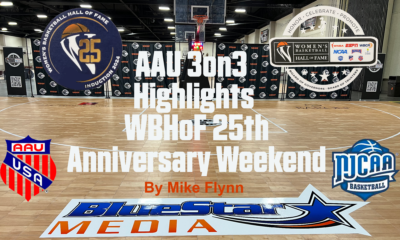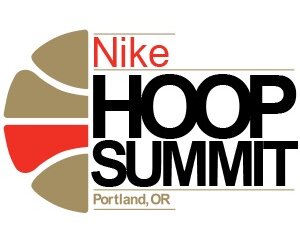Yesterday, teams were pumped for the beginning of the new season with practice starting on most campuses as early as Friday. A day later and it’s the equivalent of someone setting off a nuclear bomb to the college basketball world.
Coaches getting in trouble for recruiting, that’s nothing new but the FBI getting involved arresting coaches, money managers, shoe company executives and a grassroots program manager, that fallout can touch the entire industry.
For any of you who just woke up, the U.S. Attorney’s Office for New York’s Southern District announced in cooperation with the FBI the arrest of 10 people in connection with a college basketball bribery scandal.
http://www.businessinsider.com/college-basketball-bribery-scandal-arrests-2017-9?r=UK&IR=T
This could just be the start of the arrests. Once someone goes into federal custody, names get named and lives get ruined.
The schools that are mentioned in this investigation represent some of the hallmarks of the sport.
Don’t think they, those who were arrested, are alone in trying to find another way from the current system that prevents pay for the key ingredient – the talent.
When you go to Las Vegas, Augusta or Philadelphia, you see it in close proximity, an arm’s length relationship between college coaches, grassroots club coaches, agents, money managers and influential alumni.
We talked about it here in 2012.
Every program that competes for top 100 talent has connections in the gray.
Many of the connections are authentic and without malintent. Basketball is and has always been a relationship business. The introductions and favors are bigger than they were in the 1960’s and 1970’s. Back then rides and meals were currency, basketball coaches were struggling to make a living.
Now head college basketball coaches are getting paid millions of dollars and the entire vertical is about $. The currency is currency- it’s just a question if it’s about now or later.
Yesterday, at Mount Saint Mary College, Sports Finance students were being lectured about “cartel”-type behavior. The students discussed how college basketball and football players generate revenue that is used by the University to invest in other assets specifically coaches’ salaries and facilities to keep the cycle of “amateurism” going. Will today’s indictments change anything about this model?
Three Developments To Watch:
- Do the prominent shoe companies drop funding of grassroots basketball?
While Adidas was prominently mentioned in this indictment, one has to believe that other shoe brands and colleges are involved in similar practices. The grassroots basketball circuits run by Nike, Adidas, Under Armour costs each brand several million dollars. What are they getting out of it?
The next great player to sell sneakers? Not so fast. Basketball shoe sales have struggled mightily. They aren’t making money on the events, so why are they funding it?
With stockholders to answer to and only so many more employee jobs to cut, maybe the grassroots model moves to a product-only relationship similar to what the brands do with their girls’ programs.
2. Is this the ammunition that USA Basketball needs to become the only-summer event player in town?
Under Jay Demings leadership, USA Basketball has become the clearinghouse for summer basketball eligibility, coaching academies and now events (camps and tournaments). Does USA Basketball expand its role and become the only events that college coaches can attend? Is the Nike-USA Basketball relationship a conflict preventing this from happening?
3. Does the NBA expand its business into the vertical (grassroots-college)?
Maybe, this is the time to announce the removal of the one-and-done requirement and allow entry from high school to the NBA. Now that it’s out in the open, the business of college basketball, why should the NBA ensure the NCAA has a flow of talent with its one-and-done rule? The NBA wants to develop their own players and has made great investments, including two-way contracts, into its own wholly-owned development model. Why not have 18-year-olds get paid to play in the G-League?
With its new academy system up in running globally, with facilities in India, Africa, and China, perhaps the NBA wants its slice of the 15 billion dollar youth sports industry.
The NBA has made investments into its Junior NBA program and can look to expand its influence beyond the pre-teen lane it has stayed in.
The fallout from today’s events can permanently change the basketball landscape. College basketball tips off in a few weeks, is this the last season of the sport as we know it? Do the BCS schools adopt a pay-model and create a subdivision in D1 hoops?
Stay tuned.
Parent, journalist, adjunct professor, host-That Bracket Show on SB Nation Radio and former Five-Star Camp CEO. Principal of Klein Sports and Education Consulting. Current clients include; The Highlands Current, Kinexon Sports, Basketball Travelers, and Blue Star Sports Technology. Current member of the USA Basketball Working Group on Youth Development Member: USA Basketball Writers Association, AIPS, AP Sports Editors, NABC and Society of Professional Journalists





